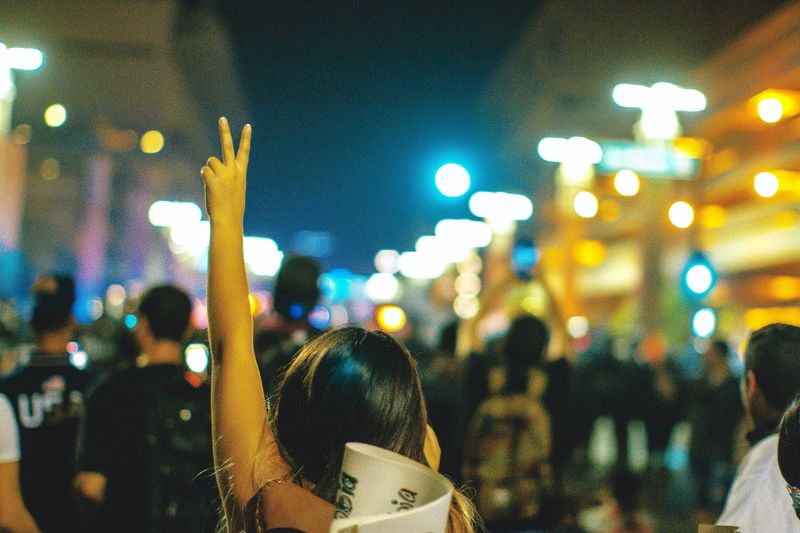 Photo by AJ Colores on Unsplash
Photo by AJ Colores on UnsplashPeaceful protests are a way for ordinary people to have their voices heard. Inherent power imbalances in society can result in people feeling marginalized and disenfranchised. Non-violent civil movements can offer anyone the opportunity to become involved and have a voice.
— VisionOfHumanity.org 2023
Are you ready to make your voice heard? Are you interested in gathering like-minded people together to take a stand?
Organize a peaceful protest to help be a part of real change.

Plan ahead to ensure that your protest is safe and effective.
Identify and Define Your Cause
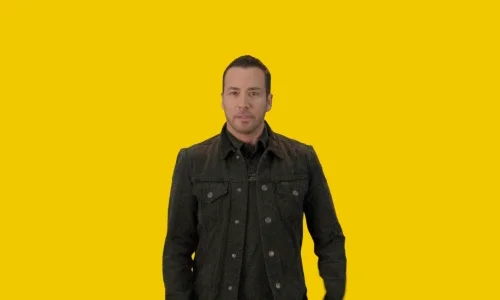
Identify why exactly you're protesting.
Communicate with your fellow protestors to determine a common goal or objective.
Define what your goals are and what you hope the results of the protest will be.
Ask each other, "What are our goals? Who is our audience? What message do we want to convey?"
Consider this example:
What's the problem?
Books are being banned and you disagree with this.
What's the goal?
To allow certain classic novels to continue to be permitted in schools and local libraries.
Who's the audience?
Local government officials and school board members.
What's the message?
The importance of students reading texts to help form their identities and values. These texts should include diversity and/or human rights because "the real world is full of complexity and unpleasant truths, American history includes greatness as well as great tragedy, and human sexuality arrives in diverse forms."
Research Local Laws
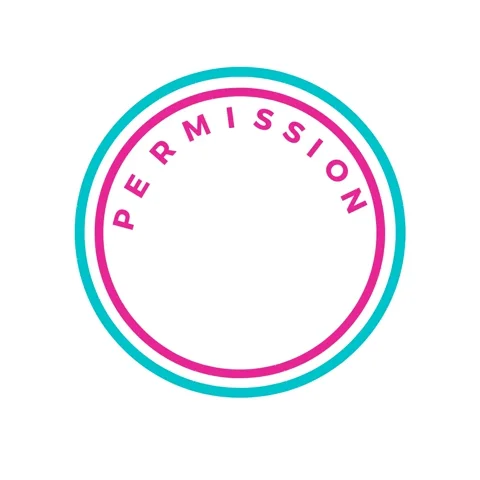
Research your local laws and regulations.
Research the rules: Rules around protests can vary based on where you plan to protest.
Apply for permits: Depending on the event, location, and size, the protest may require a permit and/or application.
Know your rights: Understand the rights and responsibilities of protestors during a peaceful demonstration.
Consider your group's reputation: Be mindful of laws like curfews because they can affect not only your ability to protest in the future but also affect your group's reputation if protestors violate them.
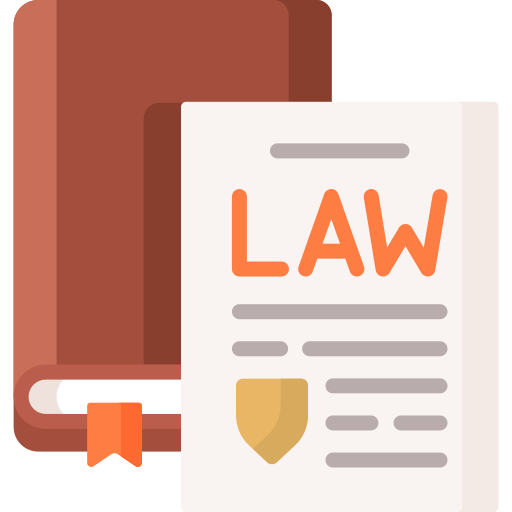
Plan the Details
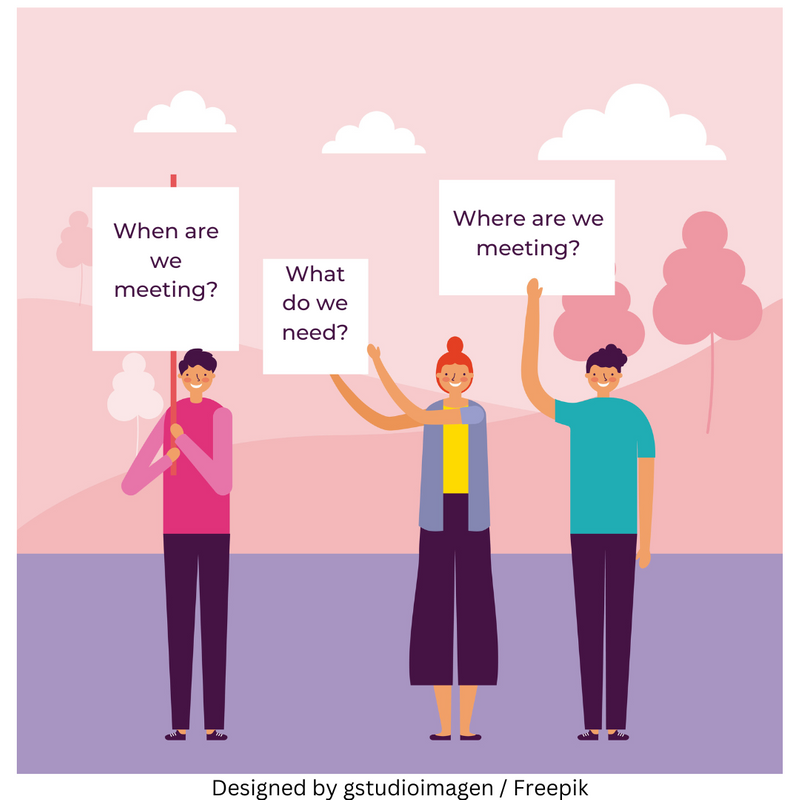
Create a detailed event plan and timeline to ensure a smooth process.
Ask each other, "When and where are we meeting? What do we need?"
Decide on details like, "Do we need a cleanup plan? Is there a budget for a sound system? Do we need support with crowd control?"
Set a location and time. Locations could include a sidewalk, school, government building, or park.
Determine resources needed such as volunteers, signs, and water.
 Additional questions to consider:
Additional questions to consider:
For your event, do you need...
Someone to be the designated leader for the day of the event?
To plan about what time the organizers need to arrive to set everything up?
A safe place to meet in case there is turmoil at the event?
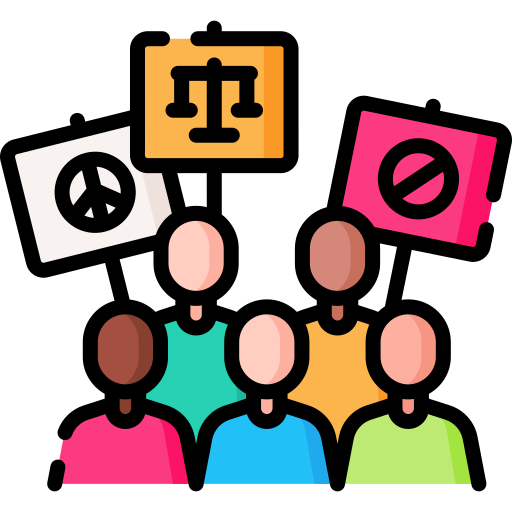
Plan for peace and safety:
Share with your fellow protestors the plan to stay in a public area and be sure not to block traffic (pedestrian or vehicular).
Discuss the principles of non-violent communication and peaceful conduct.
Consider a need for coordinating with law enforcement and security personnel.
Plan for weather changes and what to do if the protest becomes violent.
 Quiz
Quiz
These items were discussed during a protest planning meeting:
A: The color scheme for protest signs and banners.
B: The selection of protest chants and slogans.
C: Identifying and addressing potential counter-protest groups.
D: Coordinating with local businesses for sponsorship opportunities.
Quiz
Which of the options above requires careful consideration when organizing a peaceful protest?
Spread the Word
 Photo by Aman Pal on Unsplash
Photo by Aman Pal on UnsplashPublicize your protest and spread the word using social media.
Make bright posters and hand out flyers or pamphlets. 📄
Make a press release for your local media, school paper, local newspaper, and radio station. Share it on websites and blogs. 📰
Create a list of shared views to promote the protest with tips on how to spread the word.💡
Promote the protest using social media. 🗣
Connect with local community organizations and form partnerships. 🤝🏼
Peacefully Protest
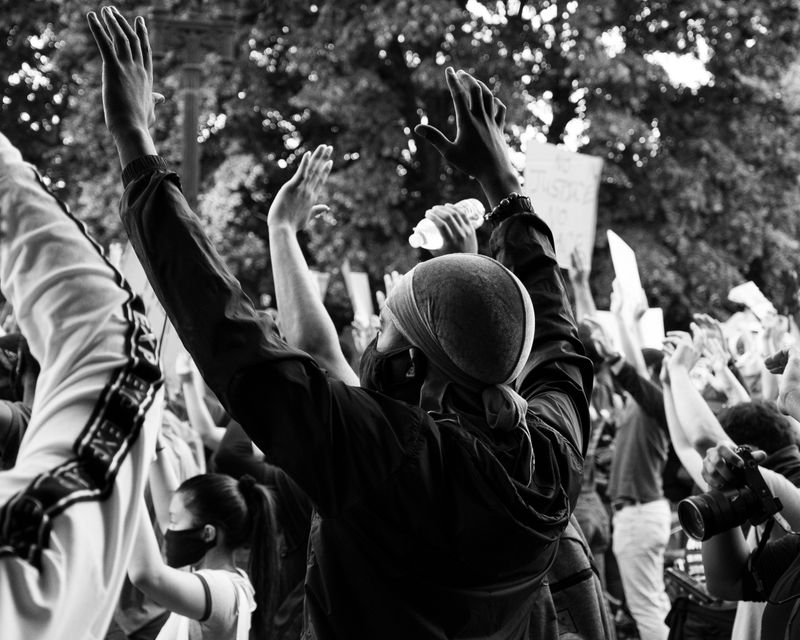 Photo by Koshu Kunii on Unsplash
Photo by Koshu Kunii on UnsplashStand up for what you believe in.
 Go to the protest site early to set up and connect with fellow protest leaders. Review the timeline and any contingency plans.
Go to the protest site early to set up and connect with fellow protest leaders. Review the timeline and any contingency plans.
 Help create and distribute signs and speeches. Plan on chants you could say throughout the protest.
Help create and distribute signs and speeches. Plan on chants you could say throughout the protest.

Remind protestors to maintain a safe, peaceful, and lawful.
 Share information about the protest on social media. Have fun and document everything. You can even livestream the event to help to get your voice heard and spread your message.
Share information about the protest on social media. Have fun and document everything. You can even livestream the event to help to get your voice heard and spread your message.
Take Action
Peaceful protesting is important because one action can spark a movement. If we work together, we can create a better world where everyone is equal and free from inequalities.
— Amnesty.org

Make the most out of your peaceful protests by following these steps:
Your feedback matters to us.
This Byte helped me better understand the topic.

